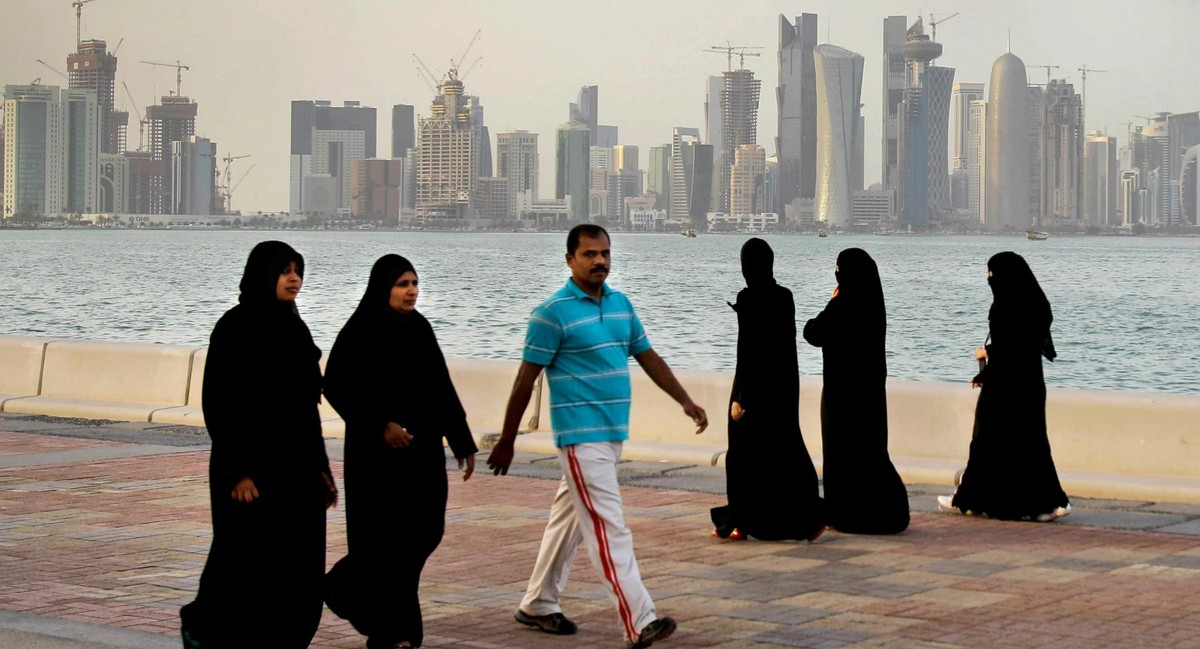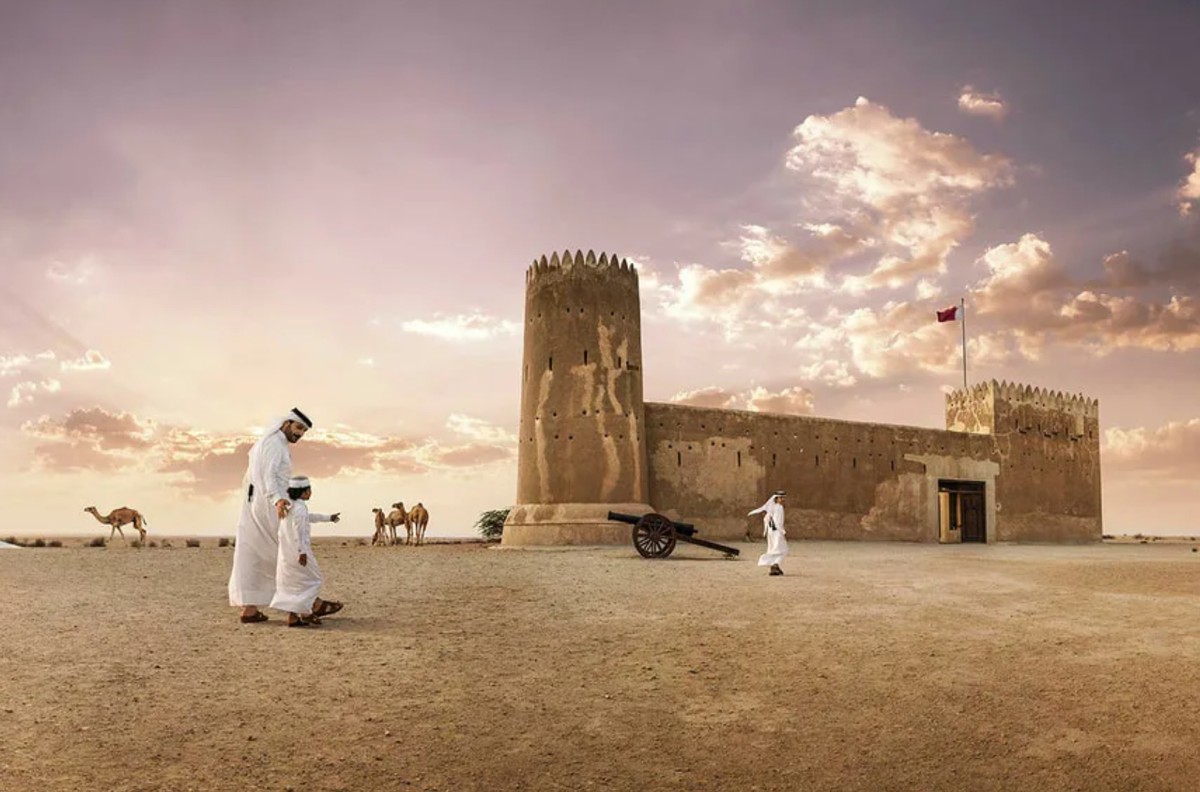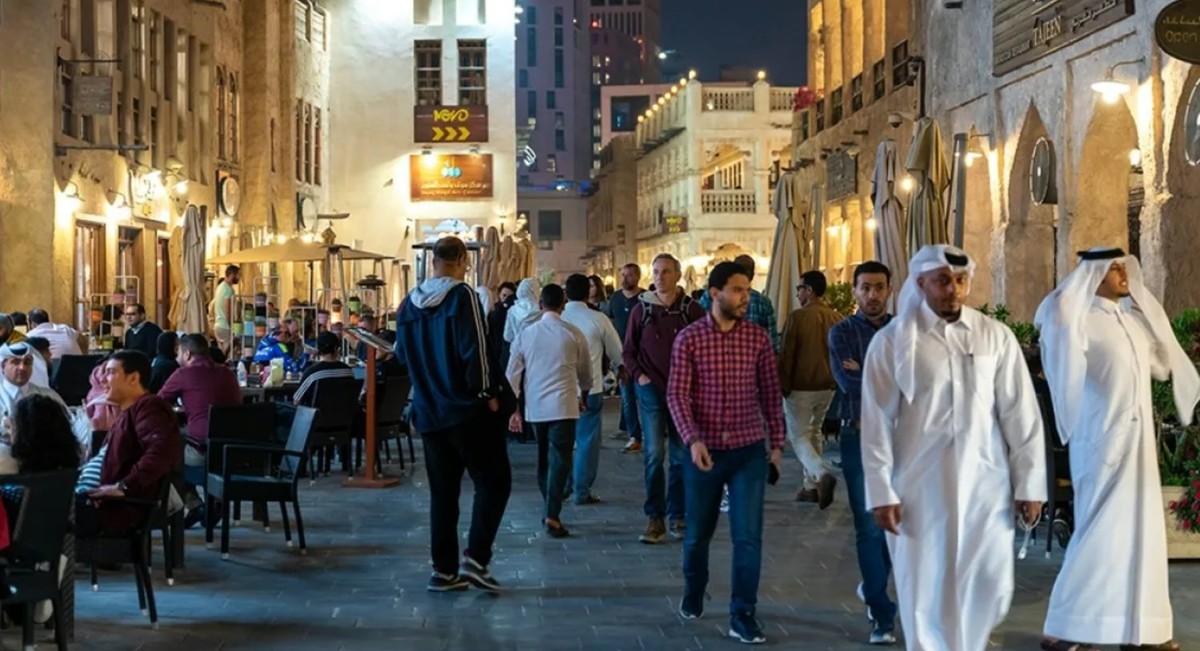Poverty Is Virtually Gone. The State Pays Every Citizen to Live. So Why Do Some People Still Leave Qatar?
Imagine a country where poverty is virtually erased and the state hands every citizen a regular cash stipend. In Qatar, education, healthcare, and utilities are free, and the government funnels money directly to people. Yet not everyone wants to live there—abundance brings its own peculiar challenges and cultural limits that shape the decision to stay or leave.

In This Article:
Small in Size, Vast in Wealth: The Geography and Resources Behind Qatar's Riches
Qatar is tiny by any standard—11,521 square kilometers with a 563-kilometer coastline, and a southern border with Saudi Arabia. Its wealth is born from resource concentration. BP's Statistical Review of World Energy ranks Qatar 14th in world oil reserves, at about 25.2 billion barrels—roughly 10% of global supply. The U.S. Geological Survey lists helium reserves at 10.1 billion cubic meters, second in the world and accounting for nearly a quarter of the planet's helium. These riches fuel an economy where natural resources account for about 70% of state revenue, more than 60% of GDP, and roughly 85% of exports.

The Welfare Engine: Free Services and Direct Cash for Citizens
Since independence in 1971, Qatar has built a social contract that translates wealth into daily life. With a population of around 3 million—roughly 0.04% of humanity—the country posts a GDP near $267 billion. The typical Qatari earns about $89,400 a year, while around 250,000 citizens, about 8% of the population, enjoy average incomes near $400,000 annually. At the core of the system is a government that distributes funds to citizens every year, and provides free education, healthcare, and utilities.

World Cup Boom and the Obesity Paradox
The scale of wealth became impossible to ignore during the 2022 FIFA World Cup. Qatar reportedly spent about $300 billion on infrastructure and stadiums—more than all previous host nations combined. Yet abundance has its own social paradox: Qatar is among the most ‘full’ nations. About half of adults and a third of children suffer from obesity, and nearly 17% of residents have diabetes. In response, the government has launched programs encouraging people to eat less and move more.

Culture, Immigration, and the Paradox of Abundance
Despite the riches, Qatar does not welcome mass immigration as easily as one might expect. It remains a Muslim country with deep traditions, including polygyny—men may have up to four wives. Foreigners face barriers to integration, and there is little need to attract large numbers of migrants when the citizen population is comparatively wealthy. In this way, Qatar exists as a parallel universe: wealth for many, and a new set of social challenges that arise from abundance rather than scarcity. If you’d like to explore more unusual corners of the world and learn about different cultures, follow along for more stories.

